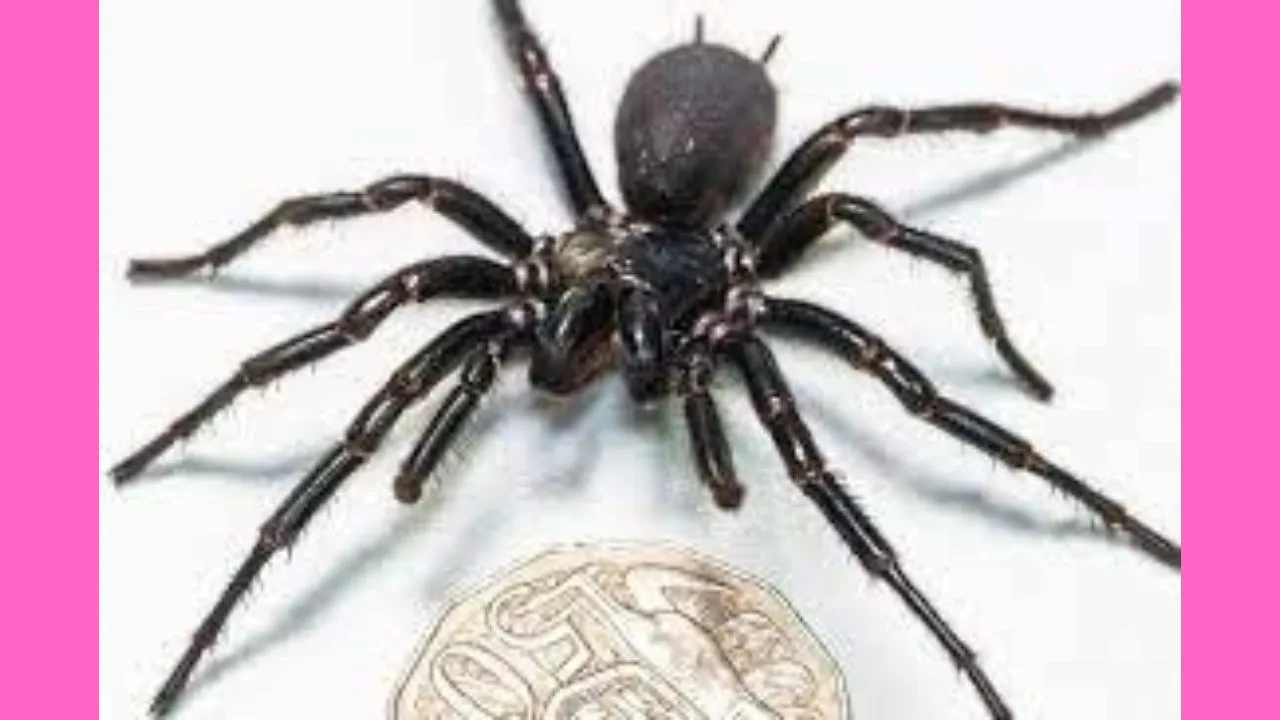The largest male specimen of the world’s deadliest spider, the funnel web spider, has been found in Australia’s Sydney (AP) – equipped with fangs that can pierce human nails. After being discovered by a member of the public by chance, the largest known example of the world’s most venomous arachnid with its deadly fangs has found a new home in the Australian Reptile Park, where it will help in the conservation of the species.
According to a statement by the Australian Reptile Park on Thursday, the lethal Sydney funnel web spider, named “Hercules,” was found approximately 50 miles north of Sydney on the Central Coast and initially taken to a local hospital. Spider specialists from the nearby park retrieved it and soon realized it was the largest known male specimen of funnel web spider in Australia. The spider measured 7.9 centimeters (3.1 inches) from foot to foot, surpassing the park’s previous record-holder, a male named “Colossus,” found in 2018. The spider has been named “Colossus.”

According to the park’s spokesperson, “Having a funnel web this size, with all the venom production capabilities it has, could prove to be incredibly valuable for the park’s venom program.” Funnel web spiders are notorious for their large, venomous fangs, and the venom is fast-acting and potentially lethal. Arachnophobes may want to stay away: the Sydney funnel web spider is the largest known male specimen of the world’s most venomous arachnid species and was found about 50 miles north of Sydney on the Central Coast of Australia.
Known for its large, sharp fangs capable of piercing, the funnel web spider is typically between one to five centimeters in size. The recent wet weather has increased funnel-web spider activity, which often occurs in suburban gardens or bushland areas. Hercules was donated to the Australian Reptile Park through a public drop-off program, making it the approximately 100th funnel-web spider donated since November.
Emma Teni, who manages the spider conservation program at the park, remarked, “When I first saw Hercules, I thought for sure he would be a female because he was so big.” The park has been successfully running a spider venom program since 1981, housing over 2,000 spiders, from juveniles to adults, and providing them with a weekly feeding schedule. The venom extracted from the spiders is used to produce antivenom for potential spider bite victims.

Due to Hercules’s size, he is expected to make a significant contribution to the venom program. While funnel web spiders typically have a lifespan of only a year, the park will work swiftly to ensure his valuable participation in the venom program.
It’s worth noting that funnel web spiders are responsible for the majority of severe spider bites in Australia, with an estimated 30 to 40 people bitten annually. However, since the inception of the venom program, there have been no reported deaths from funnel web spider bites in Australia.
Also Read







